
Climatic conditions, public health considerations, and ancient craft skills also affected his design decisions. Based on the structural massing of ancient buildings, Fathy incorporated dense brick walls and traditional courtyard forms to provide passive cooling.
Hassan Fathy, an Egyptian architect saw the value of natural building long before it became a fad in the west.
Green Prophet has railed against projects like Dubai Burj Tower. We have pounded our chests at the audacity of Masdar City’s “zero” footprint claim, and we have decried the potential consequences of unsustainable approaches to building and planning: $22 billion USD for a building project and “sustainable” simply don’t belong in the same sentence.
What we really need is a compassionate and sensible voice, a voice that calls for affordable and authentic building practices. Hassan Fathy was that voice.
Egyptian architect Hassan Fathy died in 1989 but left behind a legacy of 160 building projects ranging from small projects to large-scale communities complete with mosques and schools. His impact can still be felt from Egypt to Greece and even New Mexico, where in 1981 he designed the Dar Ar-Salam community. Fathy received several awards for his work, including the Aga Khan Award for Architecture in 1980, and founded The International Institute for Appropriate Technology in 1977.
Hassan Fathy and Architecture for the Poor
One of his first assignments after graduating in 1926 from what is now the University of Cairo was to build a school at Talkha, a small town along the Nile in Northern Egypt. The absolute squalor of the place “haunted” Fathy: the streets were littered with rotten food and filthy water, the buildings were dilapidated, and the peasants who lived there had accepted their depressing lot. This experience inspired him to improve the lives of those who were powerless to do so without help.
Fathy wrote in his book Architecture for the Poor (links to PDF): “They needed decent houses, but houses are expensive. In large towns capitalists are attracted by the returns from investment in housing, and public bArchitecture for the Poor (odies…frequently provide extensive accommodation for the citizens, but neither capitalists nor the state seem willing to undertake the provision of peasant houses…”
Traditional design using mud
While other architects were seeking fame and fortune, Hassan Fathy saw the genius of incorporating traditional design and building materials. He wrote “here, for years, for centuries, the peasant had been wisely and quietly exploiting the obvious building material, while we, with our modern school-learned ideas, never dreamed of using such a ludicrous substance as mud for so serious a creation as a house.”
Fathy cared more about improving the standard of living for the people he served than he did about fancy western materials and technology.
In 1946 he was commissioned by Egypt’s Antiquities Department to build New Gourna Village for 3,000 families who were raiding the ruins at Luxor. The villagers weren’t so excited about being displaced, but Fathy committed to smoothing their transition.

He built thick brick walls and traditional courtyards, which both supported cultural values and created passive cooling (see design above), and enlisted the villagers as builders of their own homes. This not only reduced labor costs and created jobs, but also helped the villagers to connect with what Fathy considered a sacred space. Home for him was a place to seek solace and comfort from the outside world.
Finally, Hassan Fathy respected that nature should take precedence in the design of new structures. “Architectural form should consider the forces in nature of wind, rain, even how an earthquake shaking it would make it fall in a pattern that follows the geological formation of a mountain,” he once wrote.
No doubt Dubai’s artificial World Islands would have seemed preposterous to him.
In short, Fathy’s designs were affordable, congruent with nature, elevated the human condition, and they were sustainable. We think this is a model that would better serve the Middle East than other lavish projects taking place.
More on Architecture, Middle East:
Recent Jerusalem Seminar in Architecture Focused on Green Design
Can An Ecological Peace Park Catalyze Peace Between Syria and Israel?
AECOM Teams Up with Ellerbe Beckett to Create More Sustainable Building In The Middle East



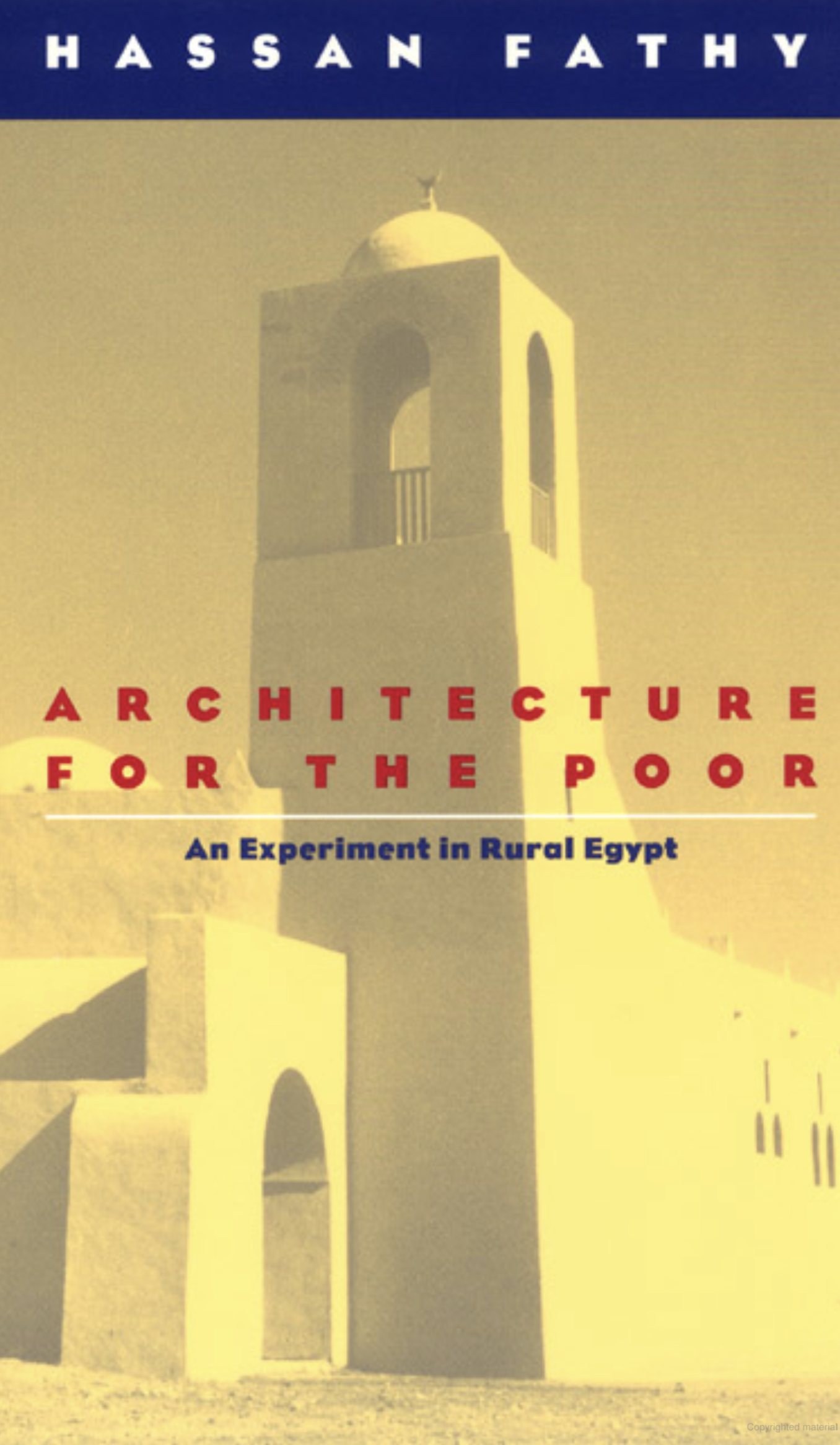
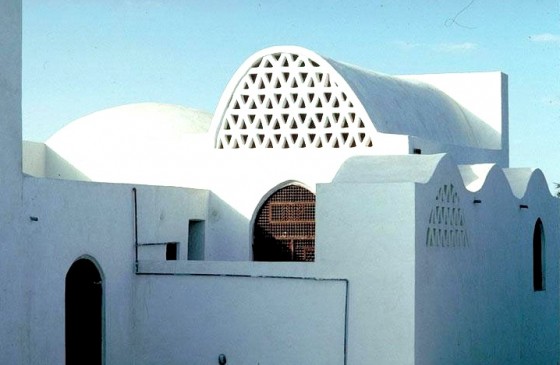
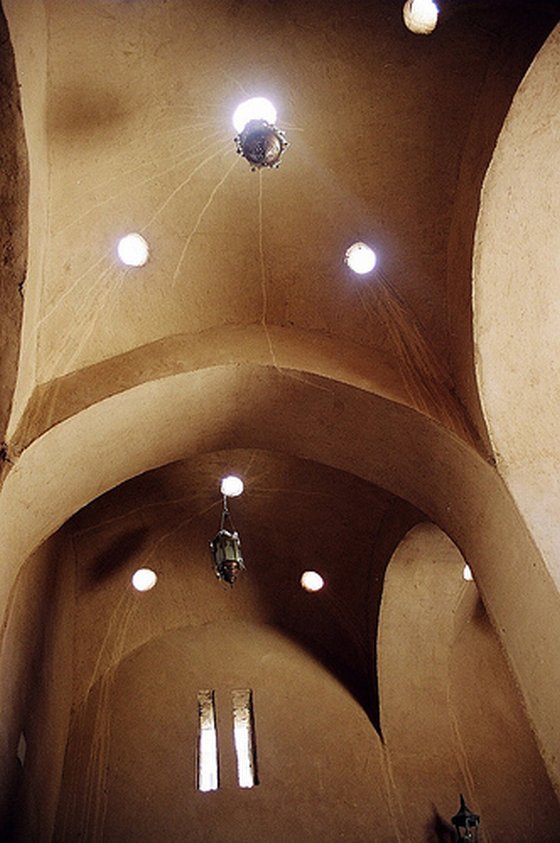
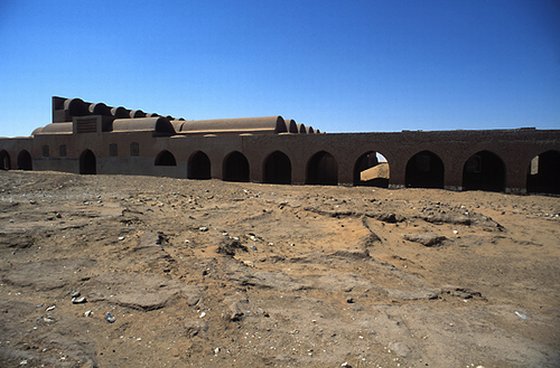
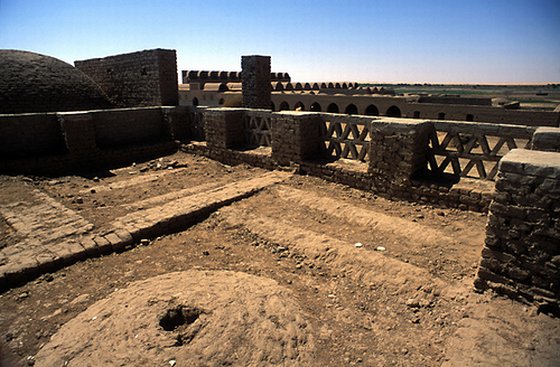
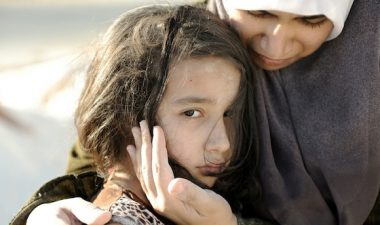
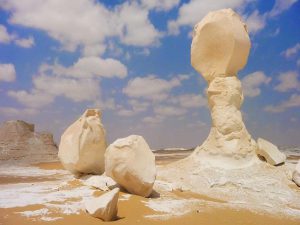
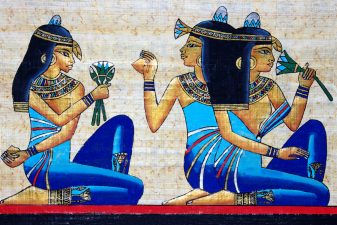
Read: ‘Hassan Fathy & Continuity in Islamic art & architecture: The Birth of a new Modern’ American university Cairo press.
Thanks Ahmad, I’ll try to find it the next time I’m in Cairo!
I have written an article on New Gourna as well, which shall soon be published on a website for non-commercial purposes. May I have permission to use your images? If they aren’t yours, would you please be able to guide me to the source/s?
Thanks!
بسم الله الرحمن الرحيم
شكرا على هذا الموضوع و بالله عليكم اذا كان يوجد شئ اخر عنكم عنهذا الموضوع بالذات ان ترسلوه لي باسرع وقت ممكن فانا في امس حاجة له
و لكم جزيل الشكر
The Arts' Center at Kibbutz Neot Smadar in Israel's Arava, is an impressive ecologically sound structure that incorporates natural materials and a natural cooling system based on water and wind.
That sounds about right. People in the Middle East use unglazed ceramics to cool liquids in jars. More design specs of Fathy's can be found here:http://www.unu.edu/unupress/unupbooks/80a01e/80…
What's good about Fathy is that he used his common sense! It seems like he saw an injustice and did what he could to make it better for everyone. He didn't just build a building that suited him. I don't know why this kind of compassion disappeared for a while, but I'm glad it's making a comeback with this green movement!
Very interesting design for natural cooling,Has anyone got an idea what the apparatus is on the right side,it looks like an earthen pot with maybe water to cool the warm air,any ideas?